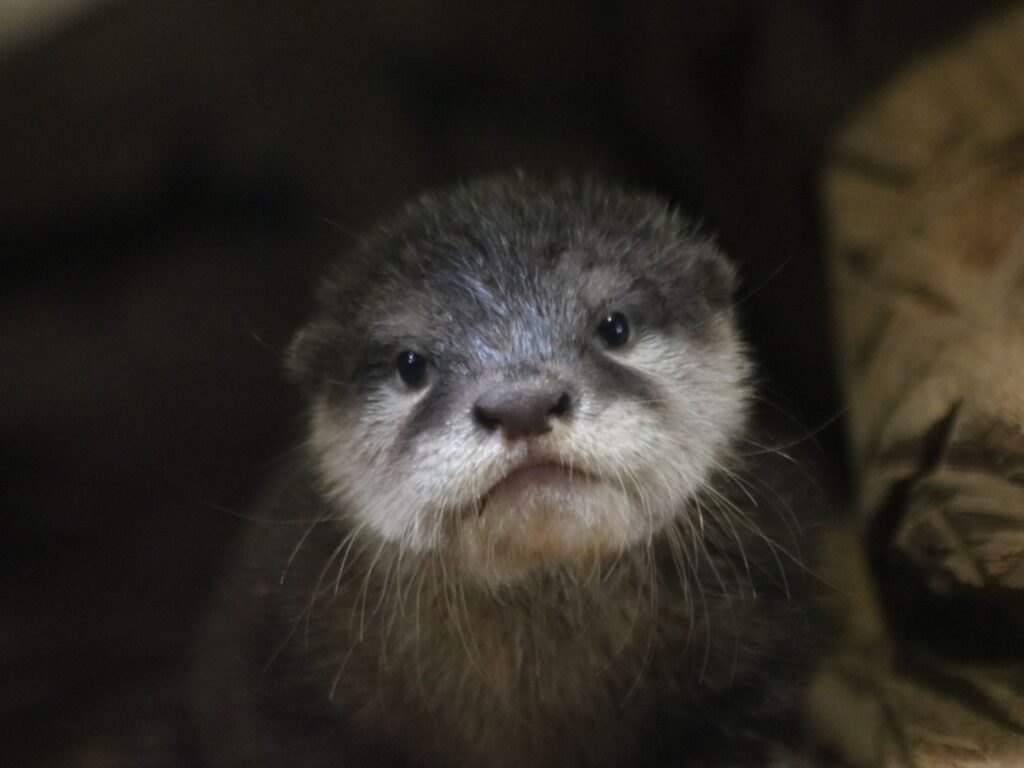By: Ernest Gurulé

Determining which is the best zoo in the country is not as easy as it might seem. There are all kinds of lists and all kinds of zoos—as many as 3,000—and there seems to be no set pattern for pinpointing the ‘best of the best.’ But the Denver Zoo, now in its 125th year, is as close to a sure thing as any, consistently rated in the top ten of American zoos.
The opportunity to see exotic as well as familiar animals up close and personal has always been a human fascination. In Denver, zoo visitors can see 3,500 animals and 500 species.
The ancient Greeks are said to have had the first real collection of animals for public viewing. But it would be several centuries later before the first contemporary zoos opened. Austria’s Tiergarten Schonbrunn and France’s Ménagerie du Jardin des plantes, opened in the late 18th century. The Paris Zoo was abandoned during the French Revolution.
The curiosity and awe of viewing nature’s exotica remains strong today. Denver’s Zoo, said Communication Director Jake Kubé’, is Colorado’s “most visited cultural des- tination,” attracting more than two million visitors a year. Of course, zoo attendance, like so many other places, was also a casualty of COVID.
During COVID’s darkest days, the zoo actually locked its doors during what would have been peak visiting season, resulting in both a lost opportunity for visitors and meteoric drop in zoo revenue, the primary source of the facility’s oper- ating budget. “It destroyed it,” said Kubé. “Seventy percent of (zoo) revenue” comes from admissions.
When it finally did reopen, COVID’s impact was obvious and dramatic. Normal visitor traffic plunged from “fifteen to twenty thousand on a busy day” to around 3,000, Kubé said. Admission was restricted to “only 500 people an hour.” The economic ripples from COVID put never before imagined constraints on the facility. Still, despite the virus, the zoo’s animal population still needed to be fed and attended no mat- ter its impact on the rest of the world.
With vaccines and a newfound wealth of knowledge about the virus, zoo numbers are now moving in the right trajectory and, fortunately, offsetting operating expenses, which Kubé said is “a million dollars a month just in food costs,” or about $125,000 each day.
While there are an estimated three thousand zoos in the U.S., said Kubé, less than 250 are accredited by the Association of Zoos and Aquariums. In order to receive the AZA’s imprimatur, zoos must meet the highest standards in both care and environment for the animals. The benchmark for each, he said, has changed dramatically over the years.
“We adhere to the strictest, highest standards of animal care and management,” said Kubé. “We have a team of wild- life biologists and animal behavioral experts” that ensure animals are cared for in the most humane way possible. This evolution began when it became obvious that warehousing animals was neither a benefit to the animals nor to visitors.
For decades, zoos operated in what might today be thought of as a dark age mindset in the treatment of animals. Knowledge about how to treat and care for them often came from circuses or traveling animal exhibits. There were no such things as zoo biologists and animal behavioral expert positions here or anywhere else.
Change began in the 60’s and 70’s, said the Zoo’s Albuquerque native “when, really, conservation became a topic and (zoos) started adapting to match the times.” No longer were the animals there just to please the public. Barred cages and darkened enclosures that once housed everything from big cats to primates began disappearing, replaced by open spaces that, as close as possible, replicated more natural settings.
In Denver, Bear Mountain, once a state of the art enclosure—a near replica of what was then thought to be a natural environment for bears—now sits vacant, a monu- ment to yesteryear. But in 1919, when it was constructed at a cost of $50,000—more than $650,000 in today’s dollars—it was thought revolutionary; an almost nature-like enclosure.
Time and a reawakening in the treatment of animals changed that mindset. “We learned more about bears and realized over time, and we tried to adapt that exhibit to what we know about the animal.” Bear Mountain, he said, simply became obsolete.
Denver’s zoo today also provides among the finest veter- inary care for its population as can be found anywhere, said Kube’. Its hospital, which sits on the 80-acre zoo grounds and gets support from the Colorado State University College of Veterinary Medicine & Biomedical Sciences, can treat most health issues that animals might experience. “We’re capable of treating a teeny, little four-gram lizard up to a thousand pound animal,” like a Grizzly Bear or camel. Zoo veterinarians recently diagnosed and treated “lions, tigers and hyenas” for COVID, said Kube’. No animals died from the virus.
As 125 years of captivating visitors comes to an end, the Denver Zoo will continue its long tradition of ‘Zoo Lights.’ This year’s version, the 31st, began on November 22nd and continues through January 2nd. Visitors can tour the grounds that are illuminated with more than two million LED lights. Admission ranges in price from $15-$25. Masks are required in all enclosed facilities.




